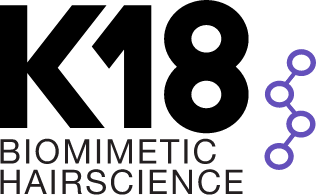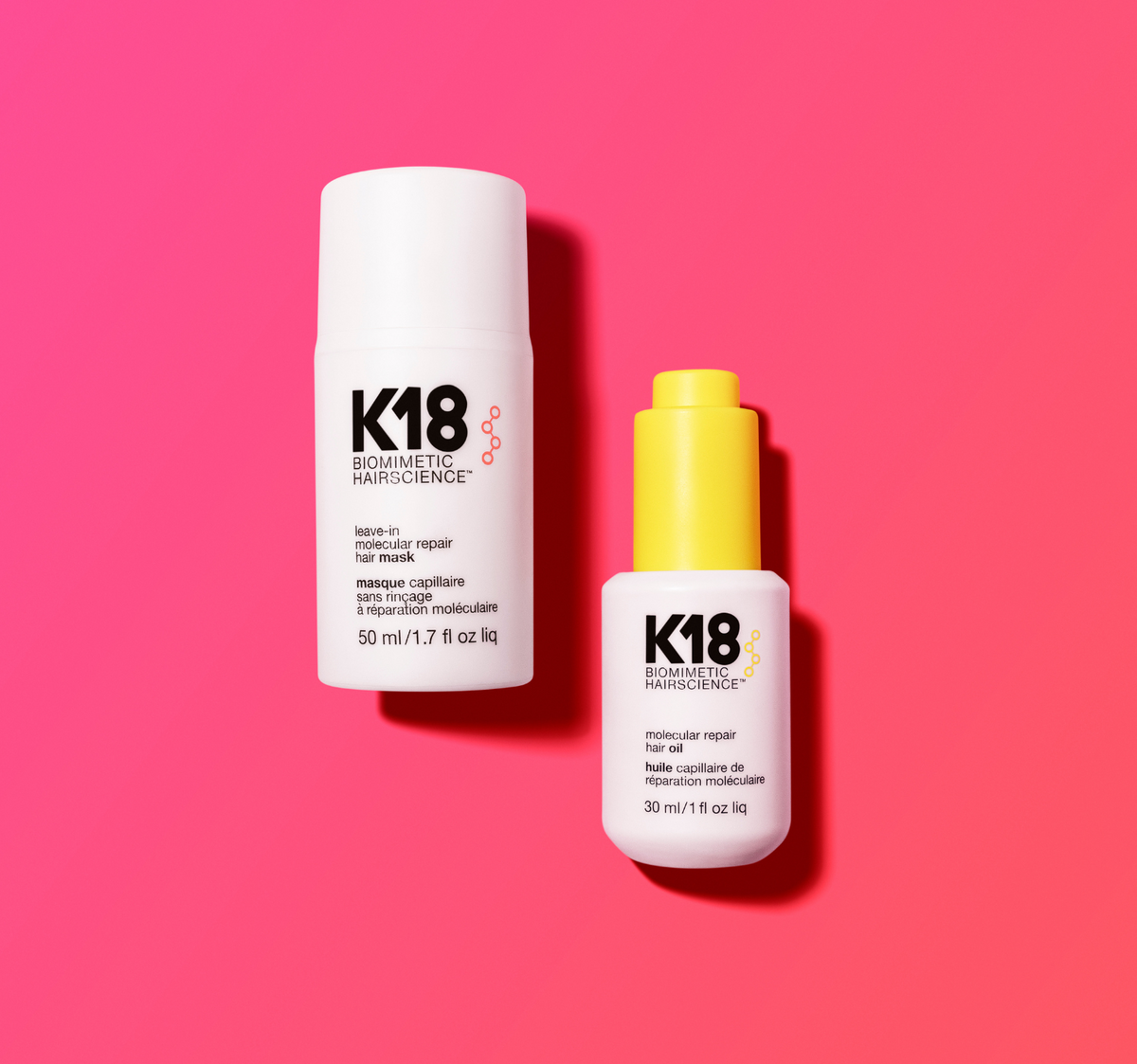We know a science class is only as strong as its best visual, so let’s imagine a rope. A rope isn’t one single fiber, but rather the interweaving of many, many much smaller strands. On its own, one small string can’t support much weight; but when combined with dozens of others into a rope or cable, it can support a lot of weight.
HAIR IS LIKE A ROPE
Hair is structured the same way. Made up of lots and lots of small units and sub-units that twist together into bigger strands and fibers.
Ok back to the rope. Imagine the rope begins to fray, the external fibers become weak and separate both along the x-axis (width) and y-axis (length) as they sever and fan out. This rope cannot support the same amount of force as before; its strength has decreased.
Now imagine we take that fraying rope, holding it at the two ends, and pull on it. Uh oh. In the hair world we like to call that breakage.
-v1679615340951.jpg?3645x2000)
If we repair the broken rope only across the x-axis (width), it will not build back that lost strength when you go to tug on it next time. But reconnecting the breaks along the y-axis (length) will restore hair’s ability to withstand force.
What about bond builders? Those have me covered, right?
BOND BUILDERS ONLY PARTIALLY REPAIR BROKEN HAIR
Bond-builders link protein chains horizontally (across the x-axis) but do nothing to reinforce vertical breaks (along the y-axis or length). To restore the strength and elasticity of damaged hair, products must re-create bonds within the keratin chains AND between disulfide bonds.
Stay with us here.
When hair undergoes chemical processing or bleaching, the keratin chains that make up the inner structure of hair strands break. In hair, the keratin chains work like the smallest fibers in a rope that come together to form bundles, contributing to its strength. They are the basic unit that combine to make up all of hair.
When these become weakened, hair loses its resiliency. Disulfide bonds are also disturbed during chemical services but more on a surface level. When you artificially reconnect the disulfide bonds, the impact is only happening along hair’s x-axis, ignoring the breakage happening along the y-axis.
Disulfide bonds, as a result, should only play a supporting role in the story of hair health. The breakage along the y-axis (length) has to be repaired or reconnected in order to restore hair strength and elasticity or as we like to call it, genuinely healthy hair.



